Introducing the Marvelous Marmoset
Marmosets, the smallest of the New World monkeys, are captivating primates brimming with personality and intriguing biological features. These diminutive creatures, native to the forests of South America, offer a fascinating glimpse into primate evolution, social behavior, and ecological adaptation. This comprehensive guide delves into the world of marmosets, exploring their characteristics, habitats, behavior, and conservation status.

What is a Marmoset?
The term “marmoset” doesn’t refer to a single species, but rather a group of New World monkeys belonging to the family Callitrichidae. There are currently 22 recognized species within this group, each with unique characteristics. Typically, marmosets range in size from 14 to 36 centimeters in body length, with a tail roughly equal to or longer than their body. Their weight varies between 110 grams for the pygmy marmoset, the smallest primate in the world, up to about 700 grams for larger species.
Distinctive features include sharp claws, rather than flattened nails, on most of their digits – a characteristic useful for gripping tree bark and foraging for insects. Their dental formula is also unique, differing from many other primates and reflecting their insectivorous and gumivorous diet. Many species also sport prominent facial markings, like mustaches or stripes, adding to their charm.

Physical Characteristics
- Size: 14-36 cm body length, tail equal to or longer than body.
- Weight: 110-700 grams
- Claws: Sharp claws on most digits
- Dental Formula: Unique dental formula
- Facial Markings: Many species have distinctive facial patterns
Habitat and Distribution
Marmosets are exclusively found in South American forests, ranging from the dense Amazon rainforest to the more fragmented Atlantic forests, and even venturing into drier woodland habitats. Their distribution spans across countries like Brazil, Peru, Colombia, Ecuador, Argentina, and Bolivia. They are primarily arboreal, spending the vast majority of their lives in the trees.
Different species exhibit varying degrees of habitat specialization. Some prefer the dense understory of primary rainforest, while others thrive in secondary forests or even disturbed habitats like cocoa plantations. The pygmy marmoset, for example, has a strong preference for the canopy of old-growth forests, while the common marmoset is more adaptable and can be found in a wider range of habitats.
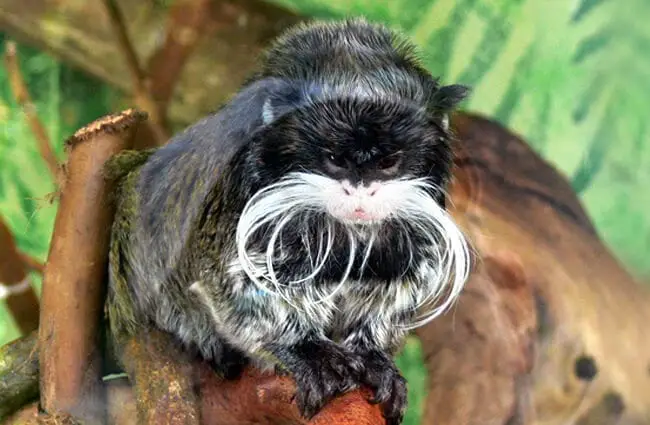
Dietary Habits
Marmosets are generally omnivorous, but their diet is heavily skewed towards insects, fruits, and tree sap. Insects form a significant portion of their protein intake, and they are skilled at foraging for them under bark, in crevices, and among foliage. Fruits provide essential vitamins and carbohydrates, while tree sap offers a readily available source of sugar.
Many marmoset species exhibit a unique feeding behavior called “gumivory” – consuming tree sap and gum. They use their sharp claws to gouge holes in tree bark, accessing the sap and gum beneath. This behavior provides them with a crucial source of energy and nutrients, particularly during times of fruit scarcity. They also supplement their diet with small vertebrates, eggs, and occasionally nectar.
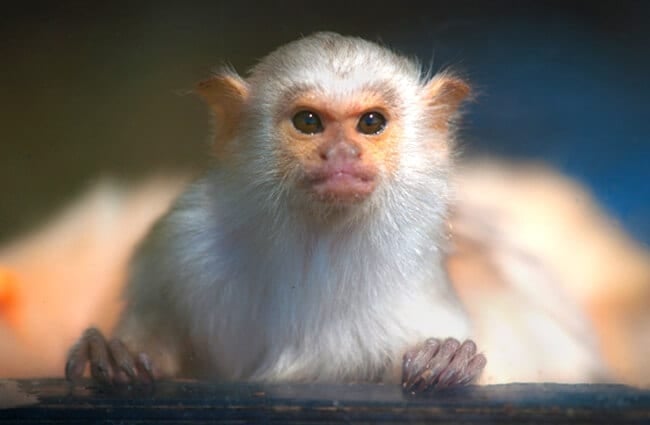
Social Structure and Reproduction
Marmosets are known for their complex social structures. Most species live in family groups consisting of a breeding pair and their offspring. These groups defend territories against rival families, and all members cooperate in raising the young. A remarkable feature of marmoset reproduction is the role of subordinate individuals. Unlike many other primate species where only the dominant female breeds, subordinate females in marmoset groups may also reproduce, contributing to the overall group size.
Marmosets typically give birth to twins, and the entire family participates in infant care. Fathers, in particular, play a significant role in carrying and protecting the young. Infants are relatively helpless at birth and rely on their parents and siblings for warmth, food, and protection. They are weaned at around 3-5 months and reach sexual maturity at around 1-2 years.
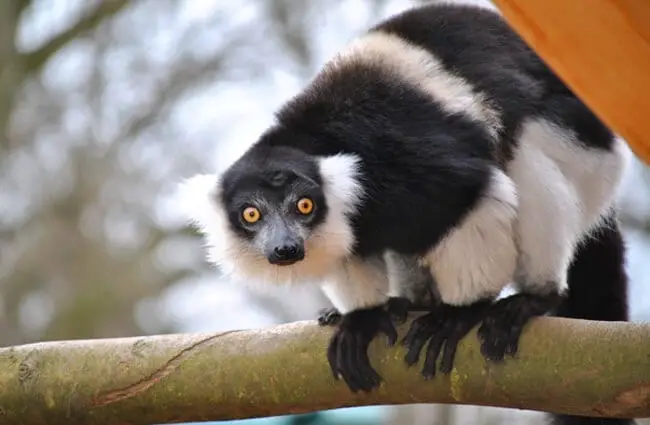
Ecological Role and Interactions
Marmosets play a vital role in their ecosystems. As frugivores and insectivores, they contribute to seed dispersal and insect population control. Their foraging activities also help to maintain forest health. They interact with a variety of other animals, including other primate species, birds, and mammals. They often compete with other primates for resources, but they also engage in mutualistic relationships. For example, some marmoset species allow birds to feed on insects attracted to their foraging activities.
They are also preyed upon by birds of prey, snakes, and larger mammals. Their arboreal lifestyle and social behavior provide them with some protection against predators. They communicate through a variety of vocalizations, facial expressions, and scent marking.
Marmosets and Humans
Marmosets have a long history of interaction with humans. Indigenous communities have traditionally used them as a source of food and medicine. Today, they are increasingly popular as pets and research animals. However, their popularity as pets has raised concerns about their welfare and the impact on wild populations.
In research, marmosets are used as models for studying human diseases, including cardiovascular disease, diabetes, and aging. Their relatively small size, fast reproductive rate, and physiological similarities to humans make them valuable research subjects. However, it is crucial to ensure that their welfare is prioritized and that research is conducted ethically.
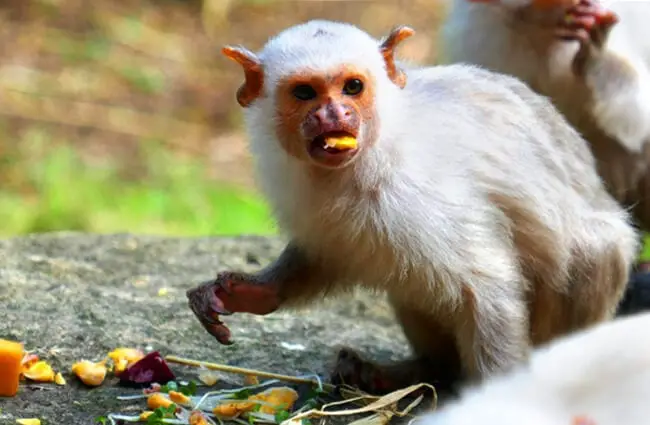
Conservation Status and Threats
Many marmoset species are facing threats from habitat loss, deforestation, and the pet trade. The destruction of forests for agriculture, logging, and mining is reducing their habitat and fragmenting their populations. The pet trade is also driving the decline of some species, as individuals are captured from the wild to be sold as pets.
Conservation efforts are focused on protecting their habitat, combating the pet trade, and promoting sustainable forest management. Protected areas, reforestation projects, and community-based conservation initiatives are crucial for ensuring their survival.
Interesting Facts
- The pygmy marmoset is the smallest primate in the world, weighing around 110 grams.
- Marmosets often have a specialized toothcomb for scraping tree sap.
- Fathers play a significant role in carrying and caring for infants.
- Some species are known to practice allogrooming, strengthening social bonds.
- Marmosets communicate through a variety of vocalizations, including chirps, trills, and whistles.
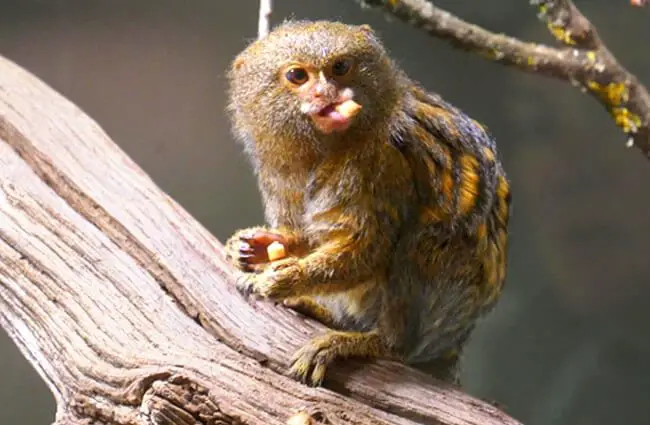
Conclusion
Marmosets are remarkable primates that offer a glimpse into the diversity and complexity of the natural world. Their unique characteristics, social behavior, and ecological role make them a fascinating subject of study and conservation. By understanding their needs and protecting their habitat, we can ensure that these charming creatures continue to thrive for generations to come.

![Red Angus Closeup of a beautiful Red Angus cowPhoto by: U.S. Department of Agriculture [pubic domain]https://creativecommons.org/licenses/by/2.0/](https://animals.net/wp-content/uploads/2020/03/Red-Angus-4-238x178.jpg)




![Red Angus Closeup of a beautiful Red Angus cowPhoto by: U.S. Department of Agriculture [pubic domain]https://creativecommons.org/licenses/by/2.0/](https://animals.net/wp-content/uploads/2020/03/Red-Angus-4-100x75.jpg)

